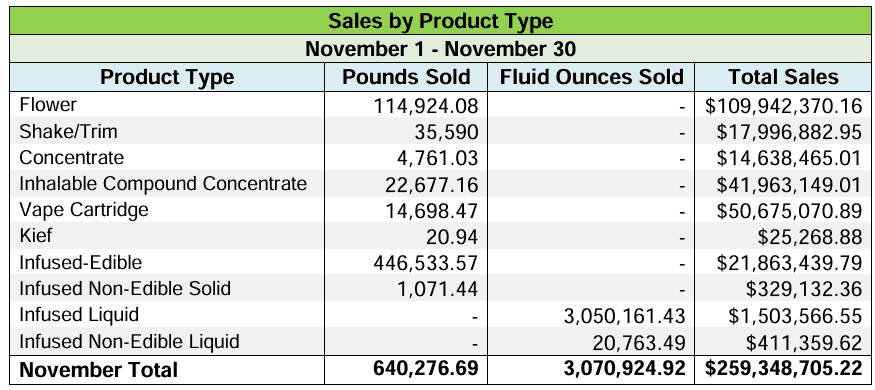ANN ARBOR – For Oakland County, most of the pandemic-fueled recession is in the rearview mirror, and its economy is expected to keep growing in most areas over the next few years, according to University of Michigan economists.
Oakland, one of the state’s most populous counties and among the nation’s most prosperous, is back to or even better than pre-pandemic levels when it comes to its jobless rate, labor force rate and gross domestic product, though the count of payroll jobs within its boundaries was still shy of a full recovery.
In its annual forecast of the Oakland County economy, the U-M Research Seminar in Quantitative Economics predicts the number of jobs will grow by about 1% annually (about 8,000 jobs per year) through 2026 and the jobless rate should hold steady—around 3%—during the same period. By the end of 2026, the economists say the county’s labor force should be 3.8% higher than before the pandemic.
Among the prime gainers: the private health and social services sector, which the economists forecast will add a total of 6,800 jobs over the next three years.
“We are counting on continued growth in the county’s labor force to accommodate ongoing job growth,” said Gabriel Ehrlich, who leads RSQE, U-M’s economic forecasting team, and co-authored the forecast with Jacob Burton, Donald Grimes and Michael McWilliams.
The forecast is “less bullish” when it comes to real wage growth: The economists expect average real wages in the county to grow by .5% during the next three years—modest growth due in part to local inflation that runs well above its pre-pandemic norm. Still, they say real wages are forecast to stand 4% above 2019 levels in 2026.
The forecast notes that Oakland County consistently has the highest gross domestic product (the value of all goods and services produced less the value of goods and services used in production) of all counties in Michigan. In fact, the county’s total GDP—representing roughly $127 billion in 2022—was higher than 14 states and had the 30th highest nominal GDP among all U.S. counties.
The county also fares well when stacked up against its peers—32 other U.S. counties with populations between 950,000 and 1.5 million residents in 2022. Oakland, with 1.27 million inhabitants, ranks in the top 10 in professional occupations, child poverty, median family income and educational attainment.
In this year’s forecast, the economists also examine Oakland’s advanced manufacturing industries. The county has a relatively high share of employment, 11.5%, in advanced manufacturing and related industries.
It particularly excels at providing services support to advanced manufacturing, with a concentration more than double the U.S. average. One concern, however, is that Oakland’s average wage trails the national average for these industries.
Despite a “relatively rosy forecast,” Ehrlich and colleagues caution that economic challenges loom for the county and state overall because of an aging population. They expect residents who are 65 and older will account for more than 20% of total state population by the end of 2026, and growth likely will be hindered as more people reach retirement age.
Although the county isn’t immune from those challenges, the forecast says it stacks up well against its peers and is “well-positioned for the future.” Even so, the economists advise that Oakland will increasingly need to compete for talent, especially in its advanced manufacturing industries.
“We project that Oakland can resist the downward pull of demographic trends on its workforce over the next three years,” Ehirlich said. “The resilience of the county’s economy positions it for continued progress in the years ahead.”
The annual U-M forecast of Oakland County’s economy was hosted by the county’s Department of Economic Development.






